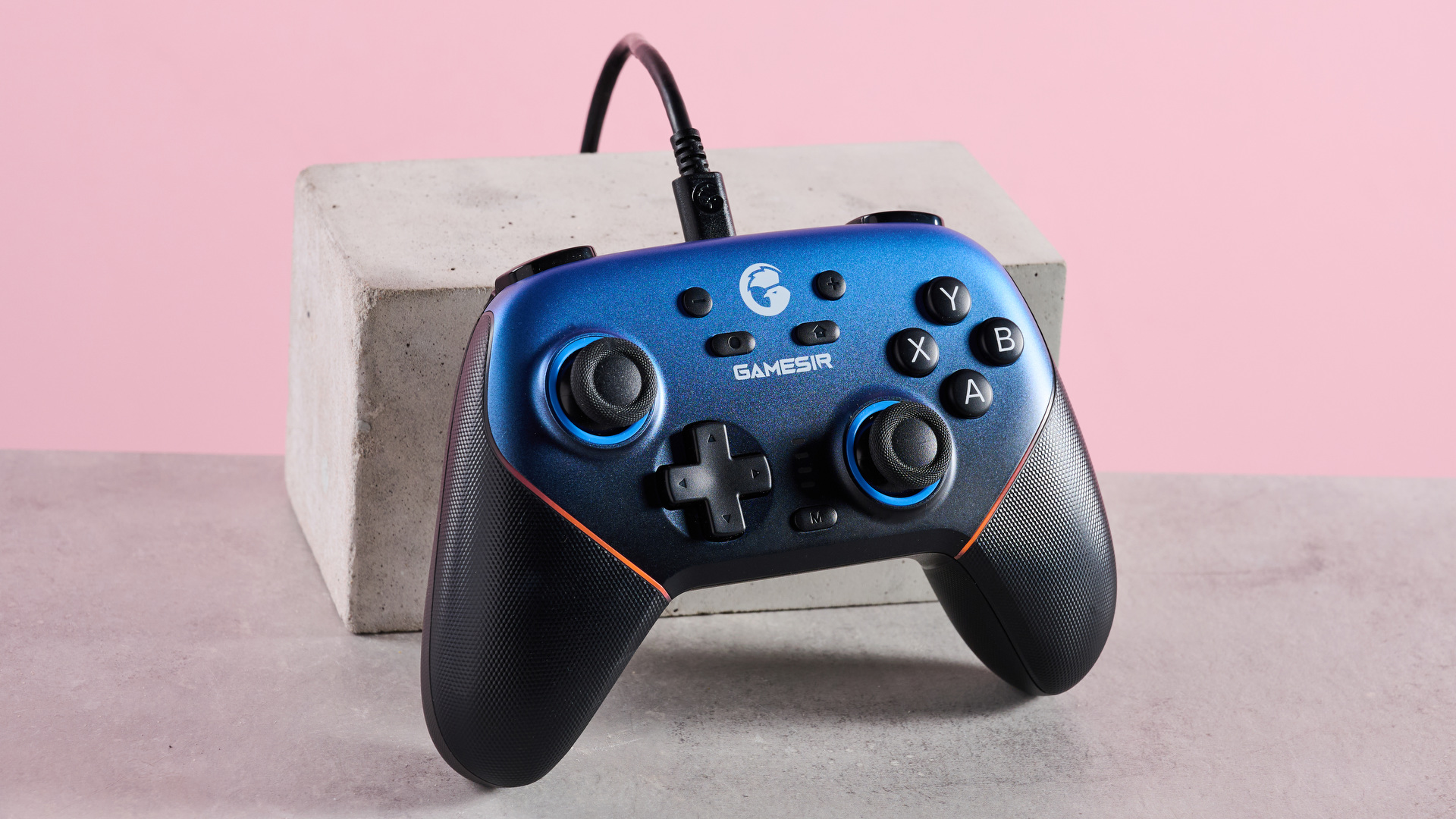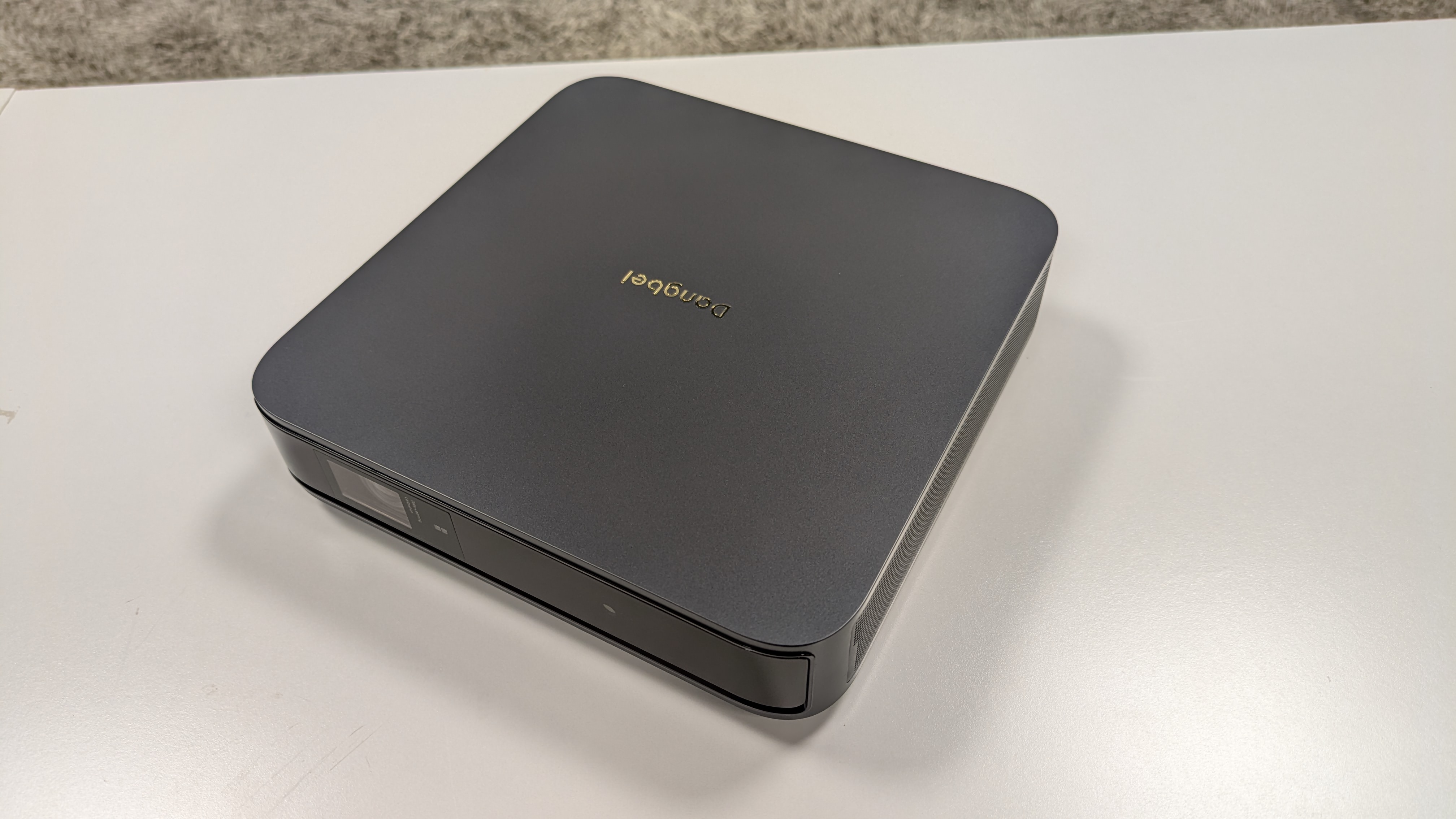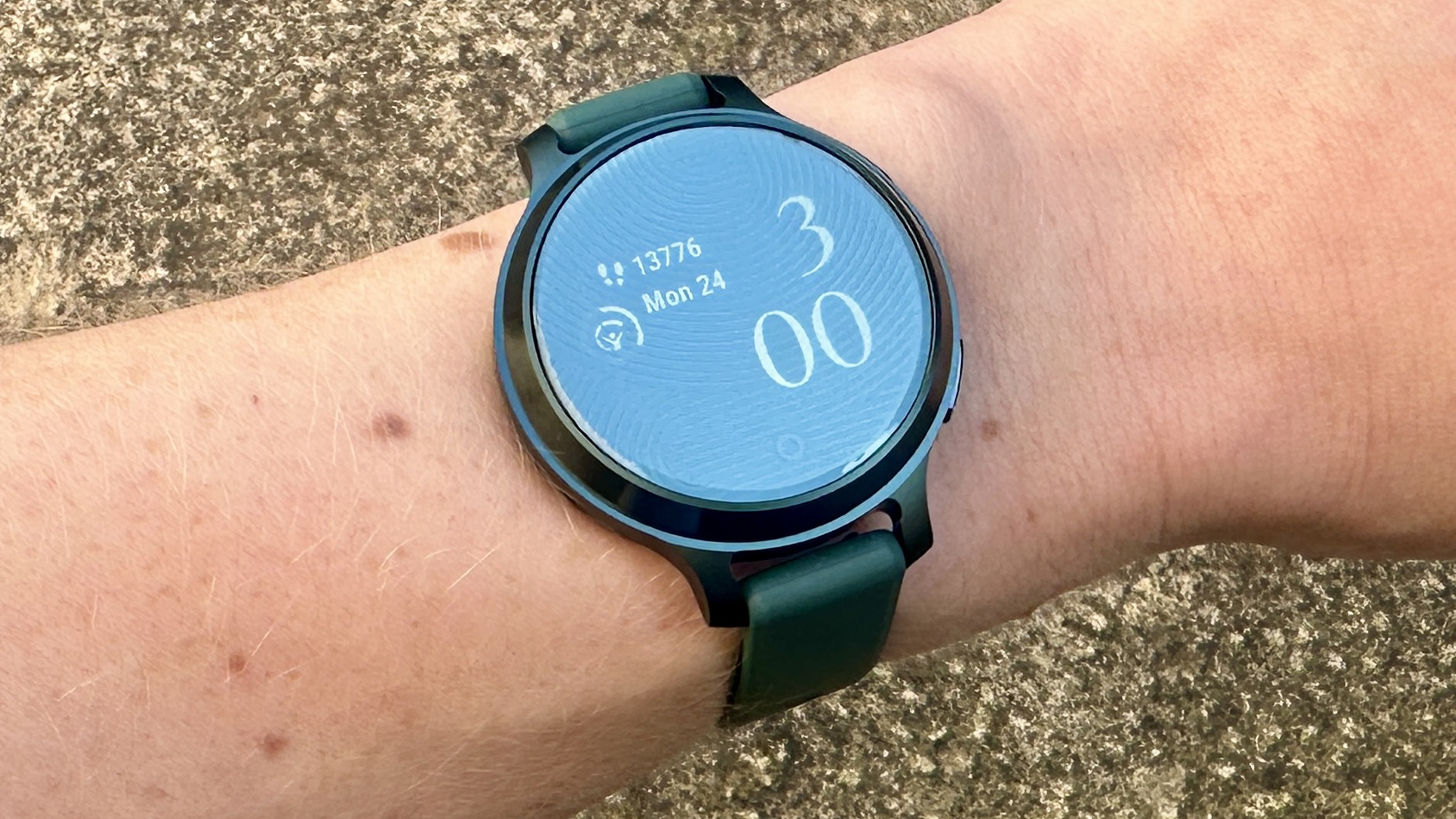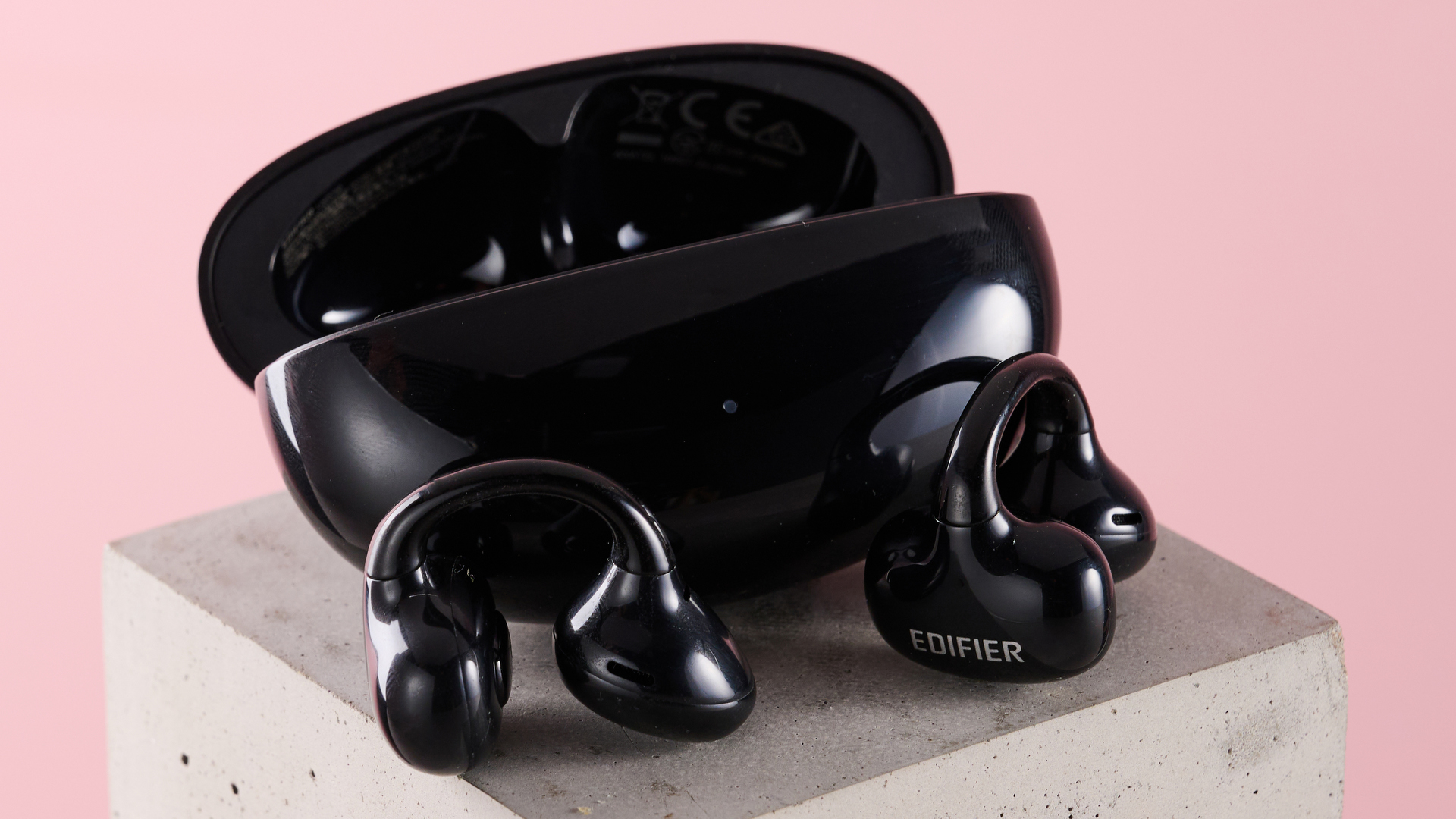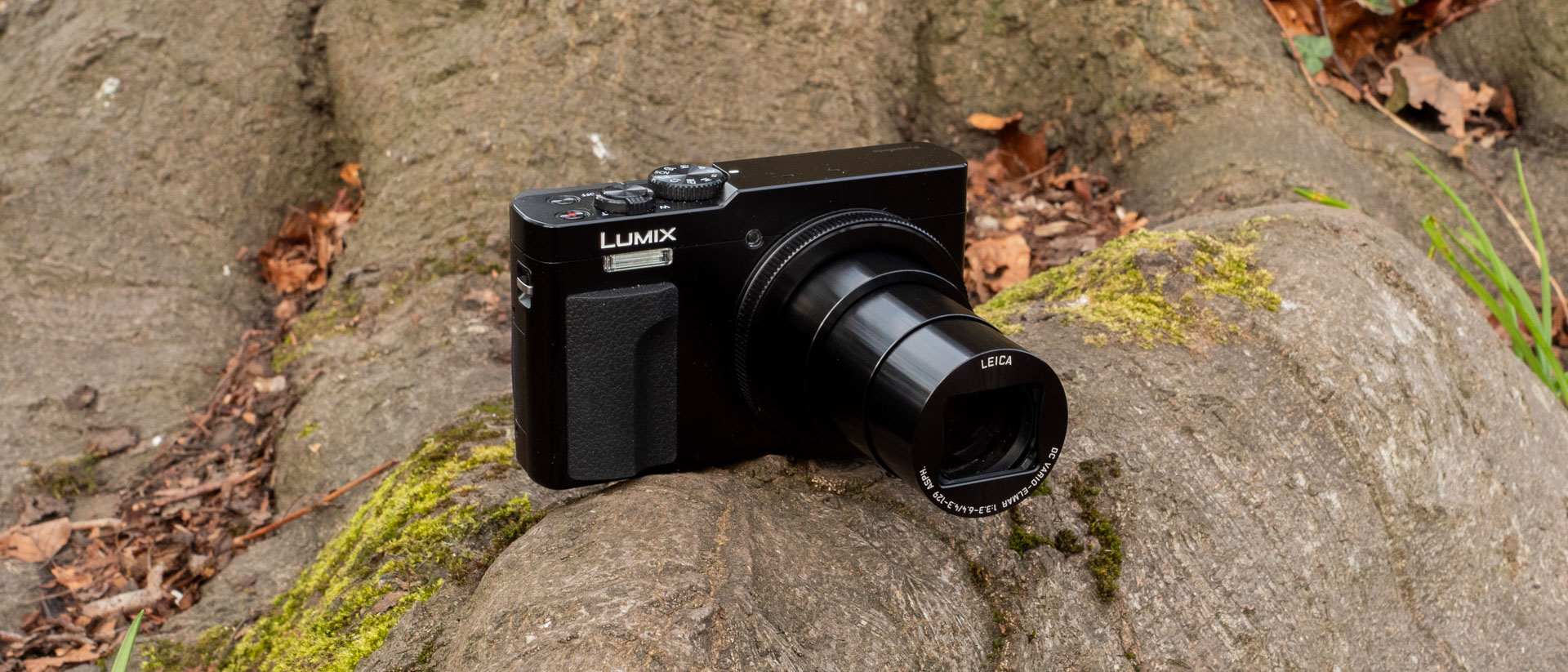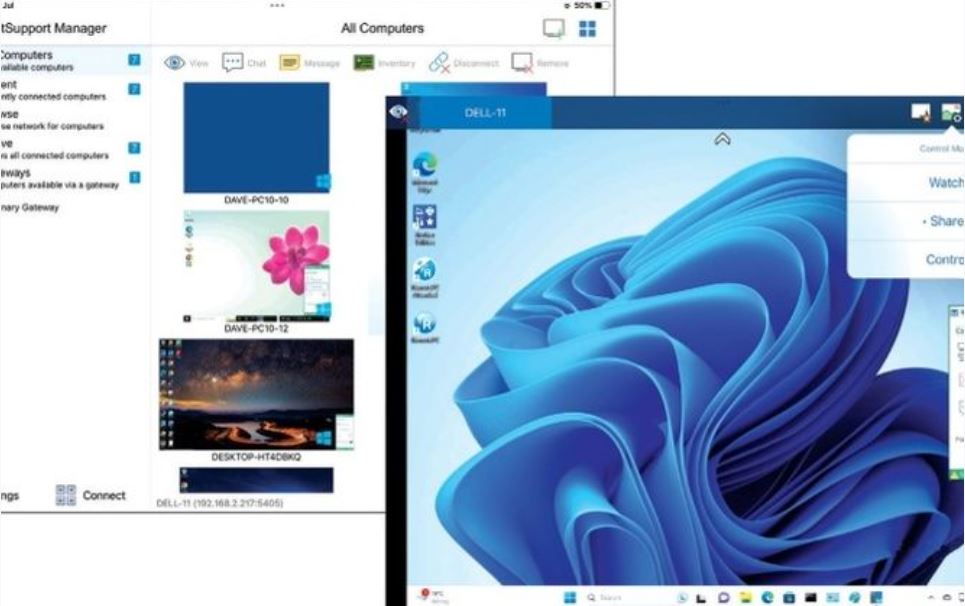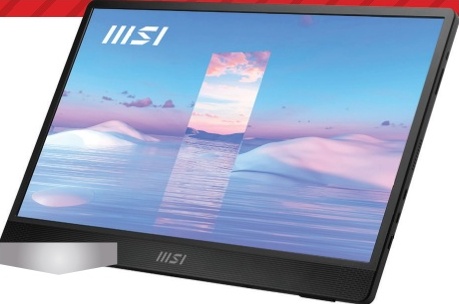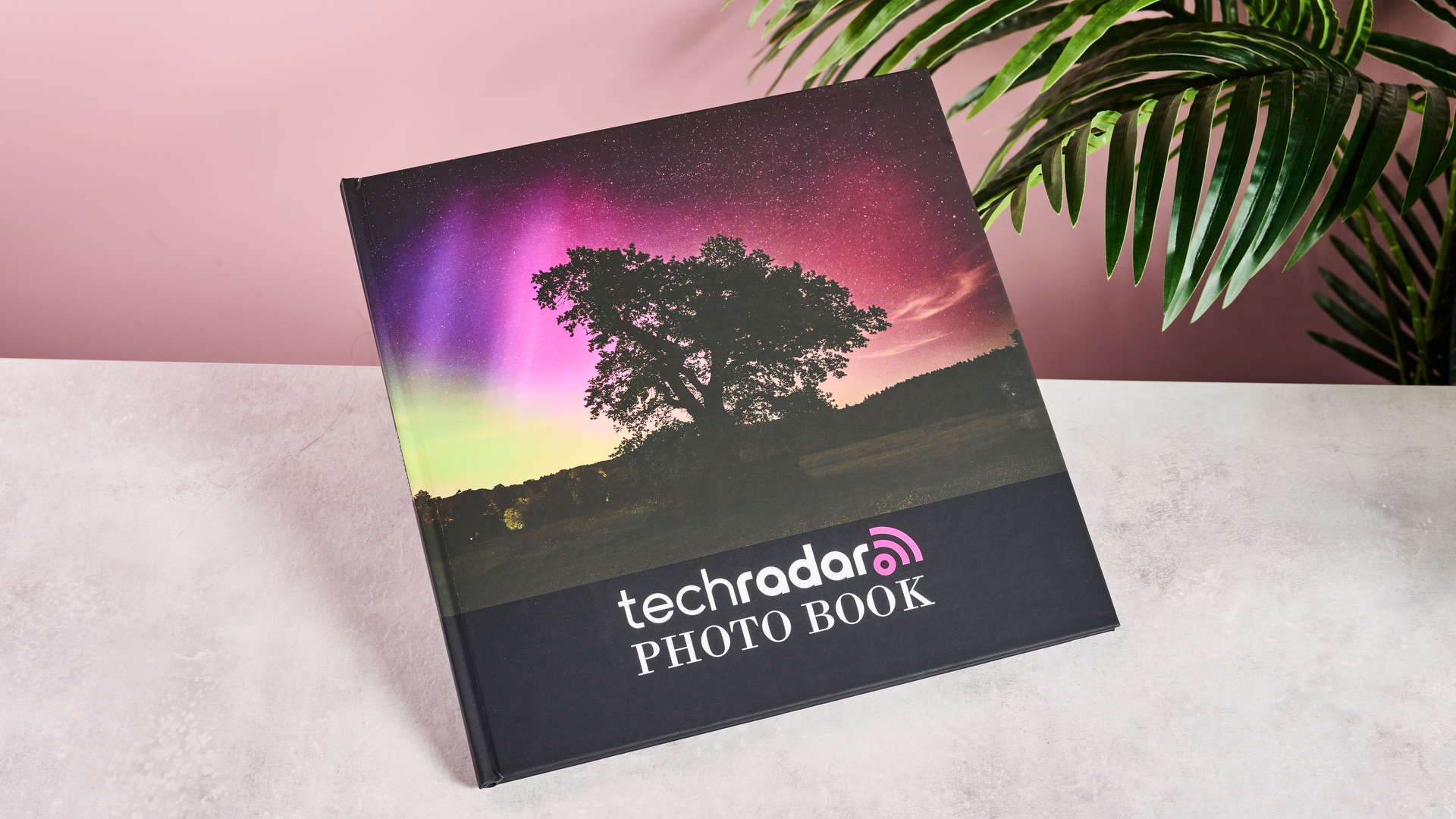TechRadar Verdict
The Moto E5 Play is a true budget phone that won’t wow you, but does offer a compelling value thanks to its low price and a strong delivery on all of the smartphone basics. We’re not in don’t love with anything about it, but any gripes we have are promptly swept away by all the money you’ll save buying it.
Pros
- +
Inarguably cheap
- +
Clean Android experience
- +
Headphone jack
Cons
- -
Slow charging
- -
Plastic body
- -
Low base storage
- -
Few purchasing options
Why you can trust TechRadar
Update: A phone called the Moto E5 Play has now launched in the UK, but it's very different to the US model. You'll find some details on it below, but we've only reviewed the US handset.
The Moto E5 Play is one of the best cheap smartphone options around if all you care about are the basics.
It has an HD screen, front and rear cameras, and a fingerprint scanner, meaning the Moto E5 Play checks off most of the boxes for what users will expect from a modern phone, while doing everything it can to keep the price way, way down.
It’s powered by Android 8.0 Oreo, and has a quad-core processor and 2GB of RAM, giving it acceptable performance for day-to-day use. Plus, its battery is big enough to last all day. All that combines to make a quality budget phone that leaves little room for disappointment, whether you’re getting your first smartphone or picking out your next low-cost handset.
Compared to its predecessor, the Moto E4, little has changed. There have been some minor style tweaks, with the fingerprint scanner moving around back, and the screen getting extended by 0.2 inches. And, the operating system has been updated. Other than that, the two phones are quite similar.
Motorola is frequently one of the best manufacturers offering clean Android experiences in quality budget phones. The Moto E5 Play successfully continues that tradition.
Release date and price
The Moto E5 Play launched as US exclusive, though a different phone with the same name is now available in the UK (more on that below), while Australia is only getting the Moto E5 or Moto E5 Plus.
In the US, it’s sold direct from mobile carriers, with Verizon, Cricket, Comcast Xfinity, and Boost Mobile offering it for prices from $69 to $119. Curiously, Cricket’s model is renamed to Moto E5 Cruise, and it’s the only one available in a color other than black.
It would be nice to see more carrier availability for the Moto E5 Play, since it strikes a successful balance of capability and cost that make it a great pick for anyone who wants a no-fuss, no-fanfare type of smartphone.
(Note: we popped a T-Mobile SIM card into our review unit, and it connected to the network successfully.)
In the UK meanwhile you can pick up a phone called the Moto E5 Play from O2, EE, Three, Carphone Warehouse, Tesco, Amazon and Argos at a cost of £89 SIM-free or from £69 on pay as you go.
However, despite having the same name the UK model is very different. It runs Android Oreo Go Edition, while the US model runs full Android Oreo, and it has different specs, including a 5.3-inch 18:9 screen, a 2,100mAh battery and 1GB of RAM. The following review only covers the US version of the Moto E5 Play.

Design
There’s nothing exciting about the Moto E5 Play design. In many ways, it’s not so dissimilar to the first-generation Moto G we had four years ago.
The front of the phone is all glass with a thin protective plastic lip around the perimeter. The 5.2-inch screen only covers about two-thirds of the front, meaning there’s a large bezel above and below it. The front-facing camera and flash are above the screen, situated on each side of the earpiece that also serves as the only speaker.
The back is covered by a single, textured plastic piece that pops off for access to the removable battery, the SIM slot, and the microSD slot for expandable storage. There’s a raised circle centered on the rear of the phone that houses the rear camera and flash, akin to the camera bumps found on most recent Moto phones but plastic in this case. Below it, there’s a dimple for the Motorola logo that doubles as the fingerprint scanner.
The power button and volume rockers are on the right of the phone, though they are slightly high up for easy one-handed reach. There’s a micro-USB port for charging and data transfer on the bottom, and a 3.5mm headphone jack at the top.
The Moto E5 Play is protected from splashes and light rain by a water-repellent coating, like many of Motorola’s other phones. But don’t confuse this with waterproof. It’s not a very water-resistant phone. The entire handset measures 151 x 74 x 8.85mm and weighs a light 150 grams.
With all the plastic, and no all-screen front, there’s little about the design to get excited about. The headphone jack may be the most exciting bit, and it really shouldn’t be. The texture back panel does offer a good grip, and we had some fun making DJ record-scratching sounds with it. But, that’s not much consolation for a bland design that feel a tad too breakable when we applied light bending pressure.
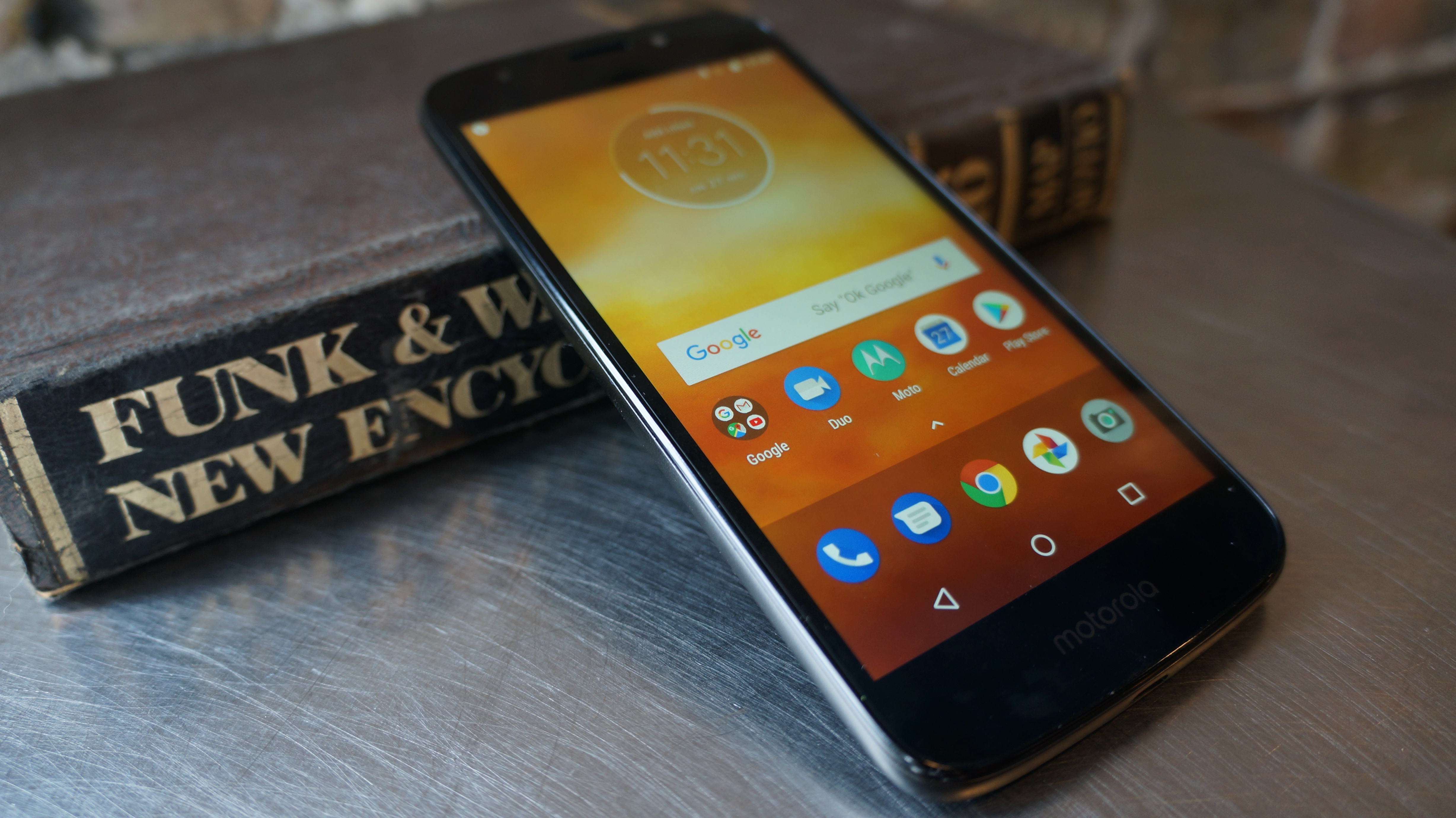
Display
The Moto E5 Play contains a sizable 5.2-inch LCD display, though you don’t expect a super fancy screen on a smartphone this cheap. Its 720p resolution is considered HD, and it matches the resolution of the 1st-gen Moto G.
720p is crisp enough on some smaller screens, but for a 5.2-inch display, we could see some of the softness. App icon edges weren’t entirely smooth. Looking from a much sharper display to this one, it can seem blurry.
It’s also not the brightest screen, which is the bigger problem. With direct sunlight reflecting off the screen, it’s hard to read. But, tilting it to a different angle mostly resolves this issue.
For typical use, the screen is good enough. The lower resolution won’t be too noticeable watching shows or movies, and though the viewing angles aren’t great and lose a bit of contrast, they’re not the worst we’ve seen.
As long as you’re not planning to read lots of full books from the Moto E5 Play, its screen is perfectly adequate.
What it's like to use
As long as you’re not a power user, the Moto E5 Play is ready to keep up. It runs Android 8.0 Oreo on a quad-core Snapdragon 425 or 427 chipset clocked at 1.4GHz (none of the retailers we saw offering the phone mentioned the Snapdragon 427 variant). That paired with 2GB of RAM is enough for smooth web browsing, messaging, and camera use. Even the fingerprint scanner is quick.
We did experience some sluggishness with Google Maps, but it’s still smooth enough to do the job. More demanding apps, like photo and video editing apps, can be slow on this phone, but those uses aren’t really what someone should be looking to do with the Moto E5 Play.
Despite the limited hardware performance, we managed to get some gaming in. The Moto E5 Play is fast enough for even PUBG Mobile. The graphics aren’t great, and we struggled to spot enemies, but at the lowest settings, the gameplay was smooth enough most of the time for an acceptable experience (i.e., we won, handedly).
As a Motorola phone, the Moto E5 Play does have some of the Moto actions, but not all of them. There’s no chopping gesture to turn on the flashlight, and twisting the phone twice won't activate the camera. A 3-finger tap can take a screenshot, and flipping the phone over can silence notifications. The features offered are handy, if not game-changing.
The Moto app that handles those features is actually the only add-on software we spotted on the phone. The Moto E5 Play is a great example of how clean Motorola keeps Android on its phones. Everything else pre-installed was the typical Google fare, like Chrome, calculator, maps, and the G Suite. (Different mobile carrier options may come pre-loaded with different apps, though.)
This minimalism is incredibly valuable on the Moto E5 Play because there is not a lot of built-in storage. It comes with just 16GB of space, and with only the stock apps and a small quantity of files in our camera reel, there was only 7.7GB of actually available storage. Luckily, the phone supports up to 128GB of microSD storage, offering plenty of room for more apps, photos, video, and music.
Over the last several years, Mark has been tasked as a writer, an editor, and a manager, interacting with published content from all angles. He is intimately familiar with the editorial process from the inception of an article idea, through the iterative process, past publishing, and down the road into performance analysis.

This latest Apple TV Plus deal lets new and returning subscribers get three months of streaming for under $9
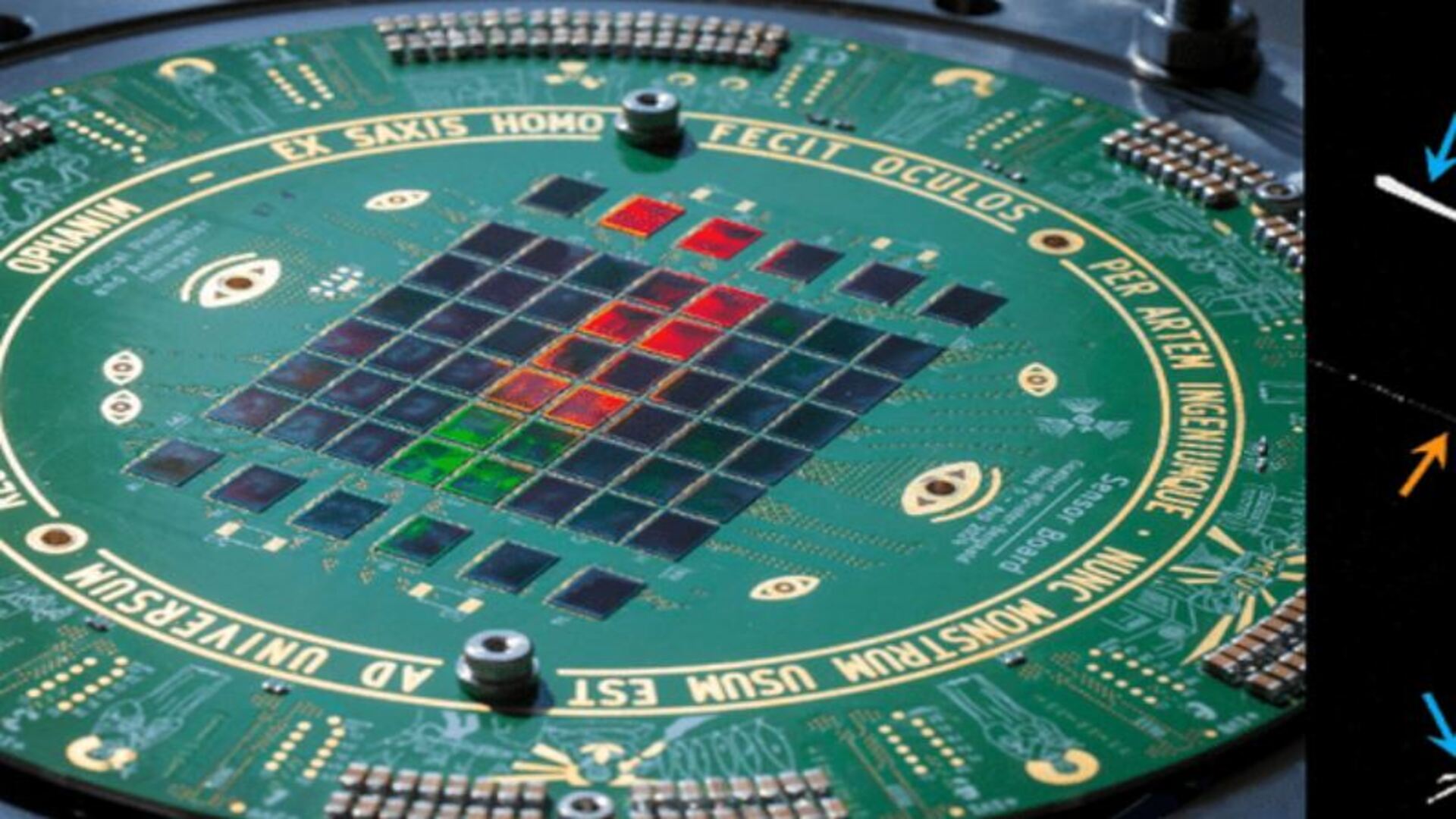
Scientists plan 3.84 Gigapixels virtual sensor made of 60 smartphone cameras to detect elusive antiproton annihilation events

This smartphone puts a 100 lumens HD DLP projector in your pocket, a powerful camping light and even a low-light camera for nocturnal excursions


